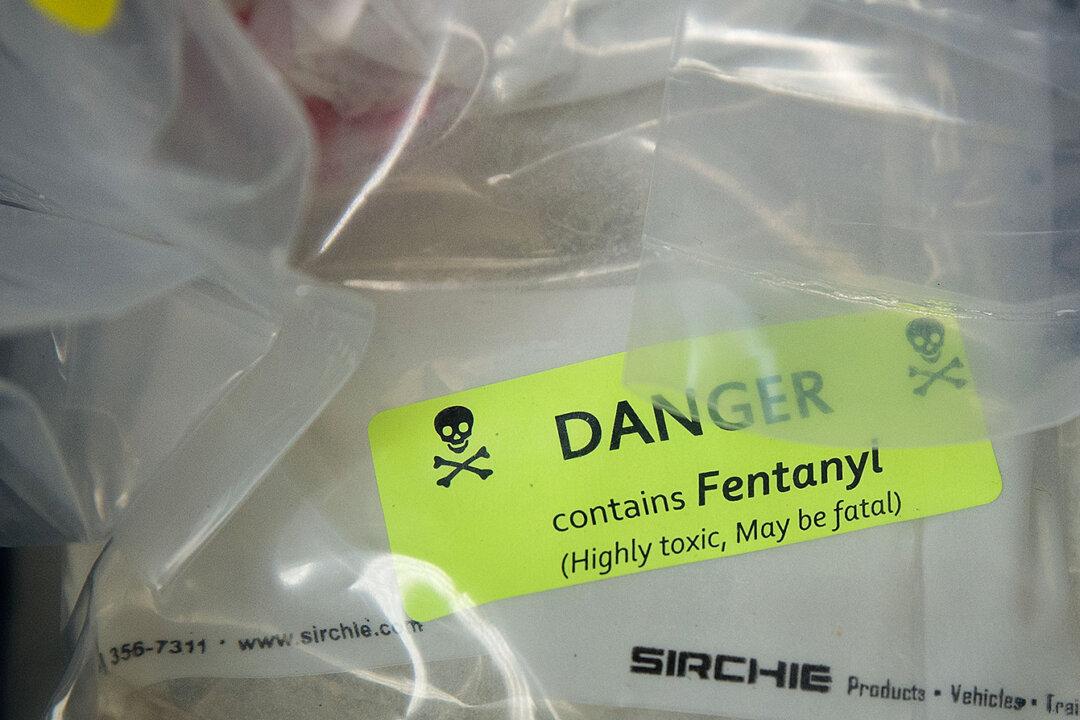A reporter from South Dakota who reported frequently on opioid addiction had to tell the most painful of stories—the death of her own daughter.
Angela Kennecke was an investigative reporter for KELO in Sioux Falls, South Dakota. She has spent years telling people about America’s growing opioid crisis, an epidemic which claimed some 72,000 lives in 2017.





